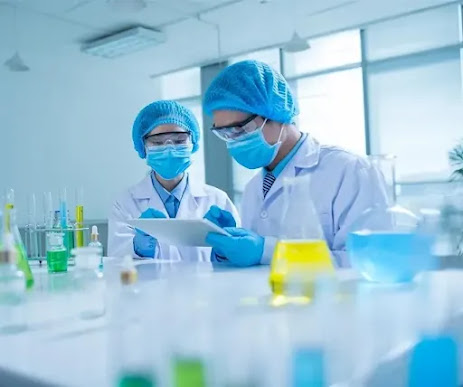Understanding Autoclaves: Essential Laboratory Equipment for Sterilization
Introduction:
In the realm of scientific research and healthcare, maintaining a sterile environment is of paramount importance to ensure accurate results and patient safety. This necessity has given rise to various technologies, and one such crucial piece of laboratory equipment in UAE is the autoclave. In this blog, we will delve into the world of autoclaves, understanding their significance, working principles, applications, and maintenance.
Autoclaves Defined:
An autoclave is a specialized device used for sterilization through the application of high pressure and temperature. Its primary purpose is to eliminate bacteria, viruses, fungi, and other microorganisms, thus rendering laboratory instruments, equipment, and even medical supplies safe for use.
Working Principles:
Autoclaves operate on a basic principle: the combination of high-pressure steam and elevated temperatures. The process involves loading the items to be sterilized into the autoclave chamber, which is then sealed. Steam is introduced into the chamber, raising the internal pressure and temperature. The increased pressure raises the boiling point of water, and the high temperature ensures the destruction of even the most heat-resistant microorganisms. The sterilization process usually lasts for a specified period, and after completion, the chamber is depressurized and the items are considered sterile.
Applications:
Autoclaves find applications across various industries and sectors, primarily in:
1.Laboratories: In research and clinical labs, autoclaves are used to sterilize instruments, culture media, glassware, and other items to prevent contamination and maintain reliable results.
2.Healthcare: Autoclaves play a crucial role in hospitals and clinics by sterilizing surgical instruments, dressing materials, and medical equipment to prevent infections during medical procedures.
3.Pharmaceuticals: In pharmaceutical manufacturing, autoclaves ensure that containers, closures, and equipment are free from microorganisms that could affect product quality and patient safety.
4.Food Industry: Autoclaves are used to preserve and sterilize canned food, preventing the growth of spoilage microorganisms and extending shelf life.
Maintenance and Safety:
Proper maintenance and adherence to safety protocols are vital for autoclave operation. Regular maintenance includes cleaning the chamber, checking seals and gaskets, and ensuring that pressure and temperature gauges are accurate. Safety precautions involve wearing appropriate personal protective equipment (PPE) when operating the autoclave, ensuring proper ventilation, and following manufacturer guidelines.
Conclusion:
In the world of laboratories, research, healthcare, and industries that require sterile environments, autoclaves are indispensable tools. Their ability to eliminate harmful microorganisms through the combined effects of high pressure and temperature ensures the safety and reliability of various processes and outcomes. By understanding their significance, working principles, applications, and proper maintenance, we can appreciate the vital role autoclaves play in safeguarding human health and scientific integrity.




Comments
Post a Comment